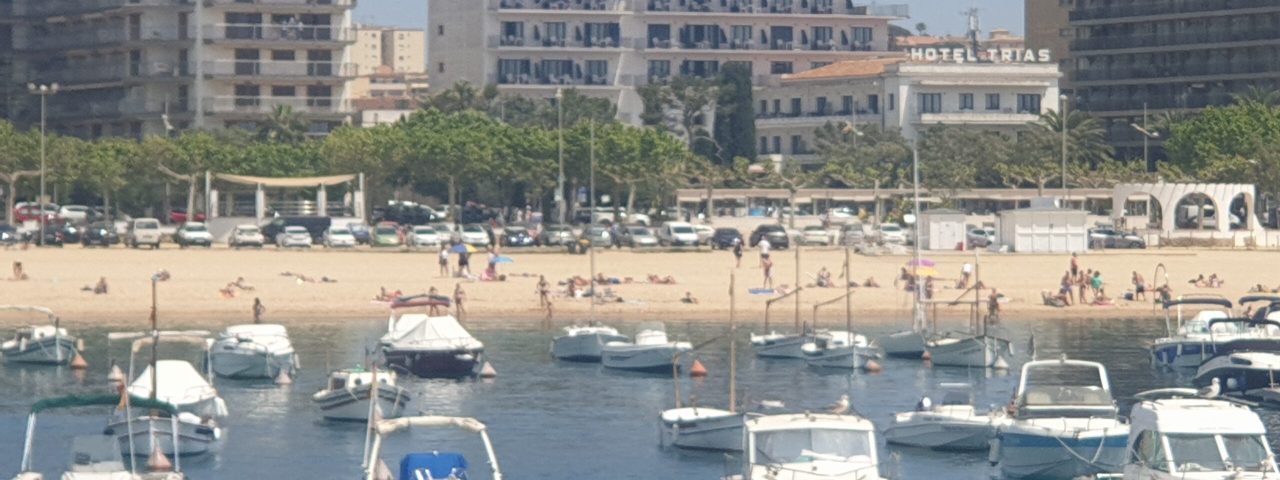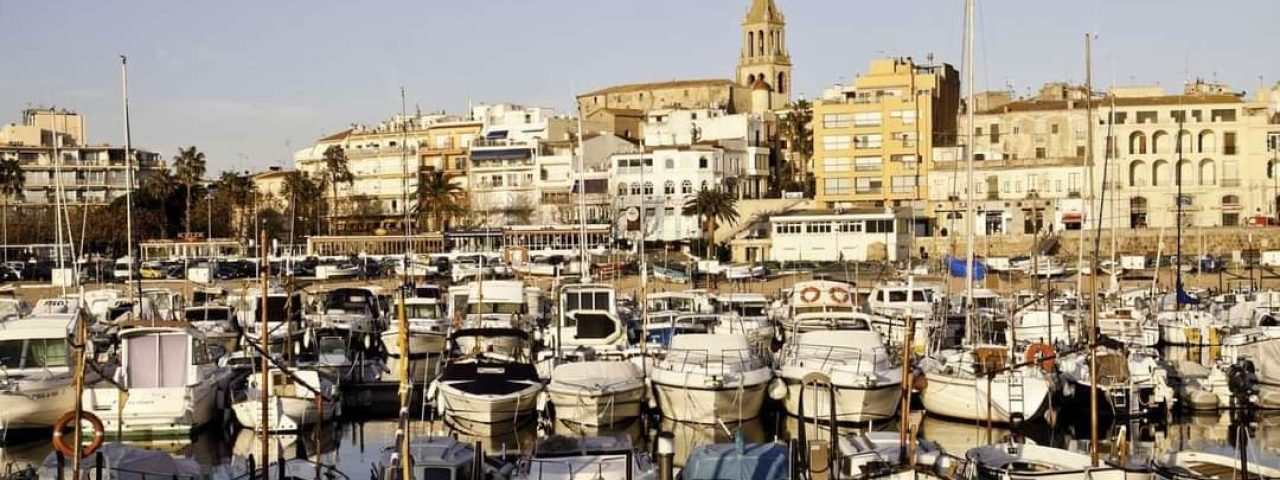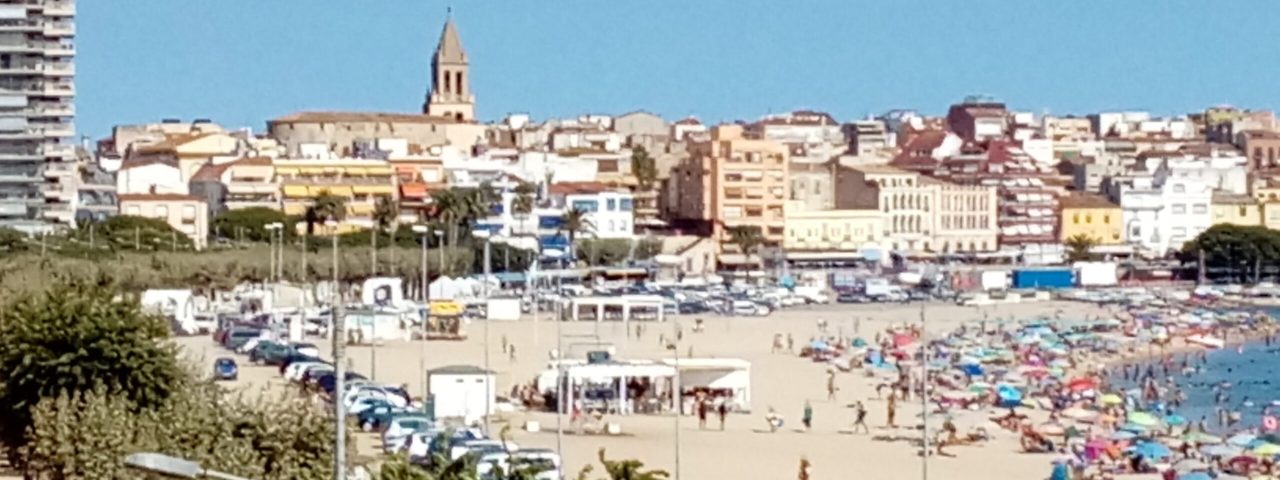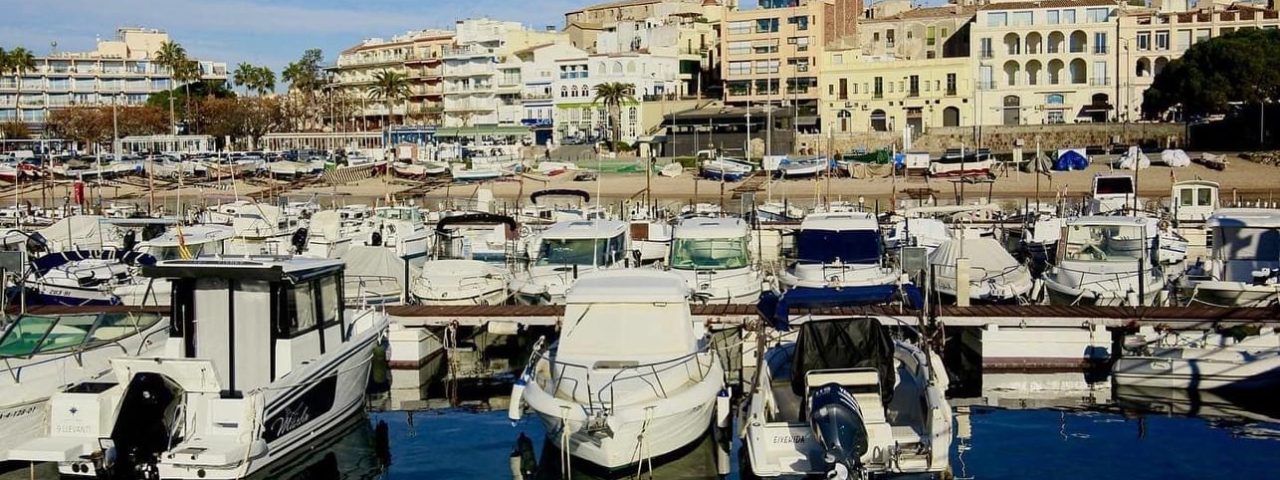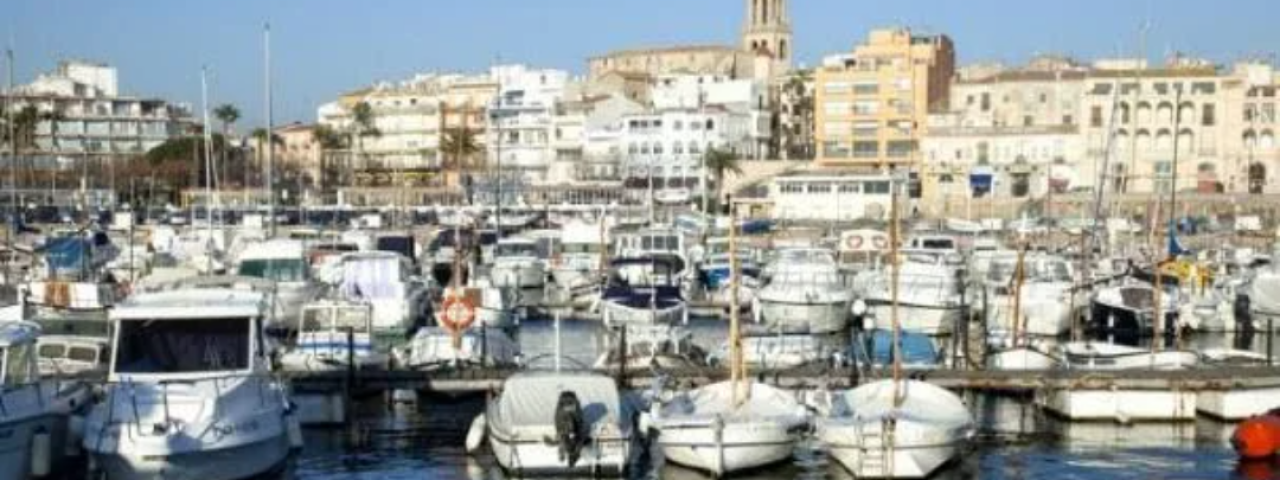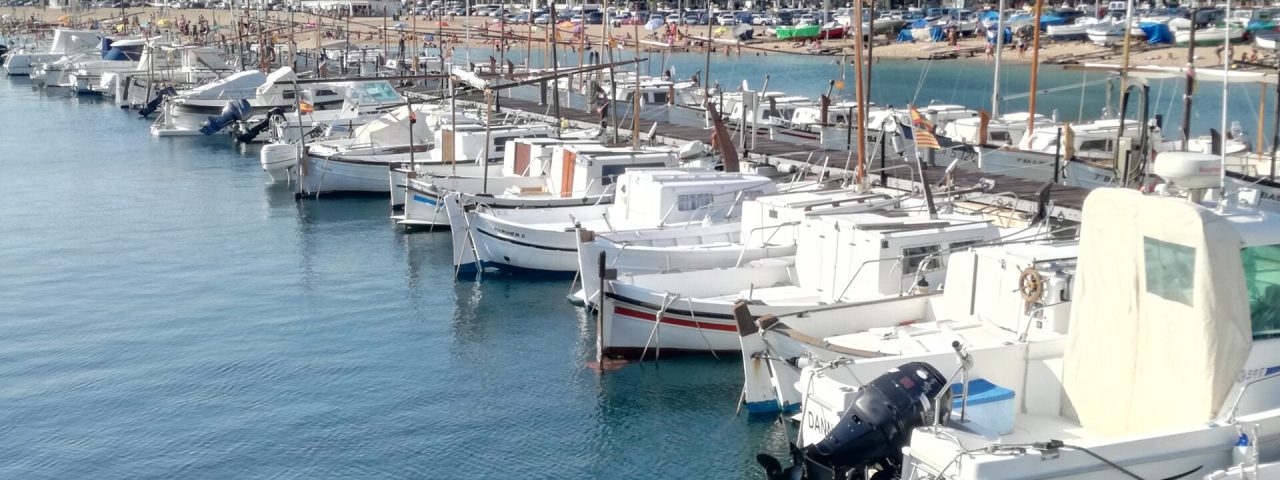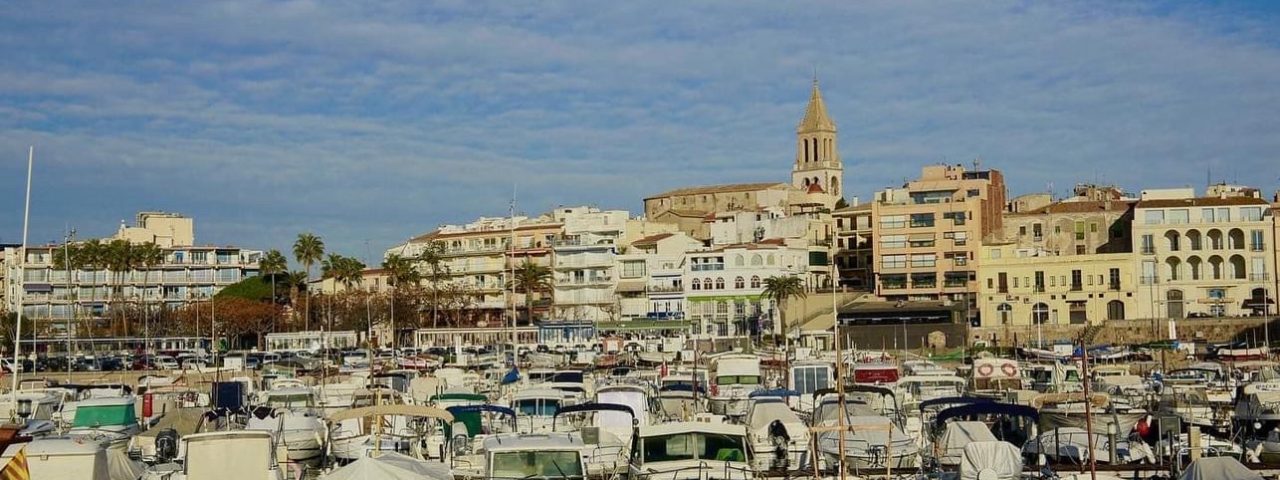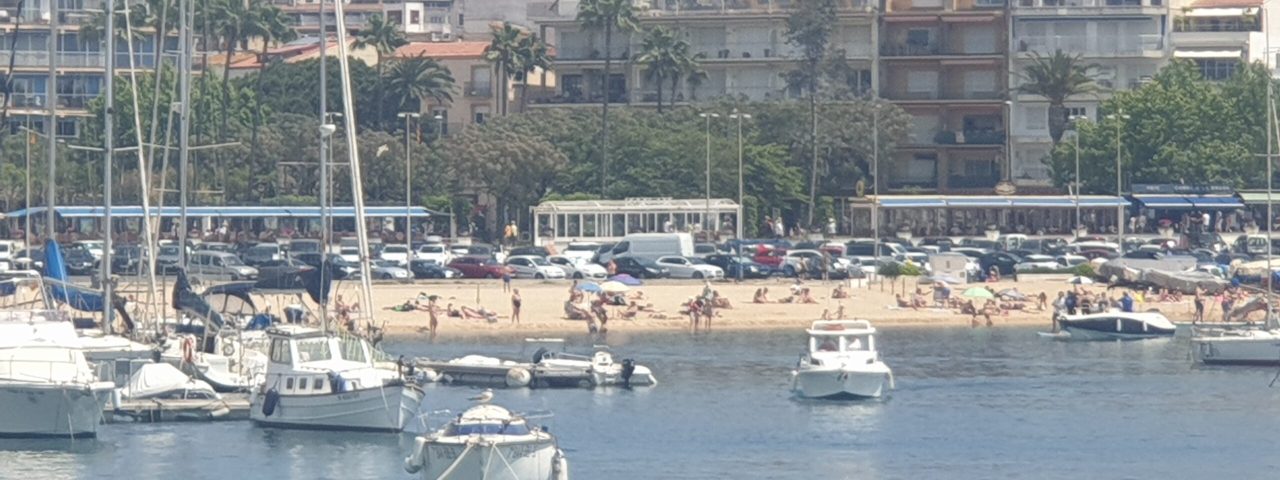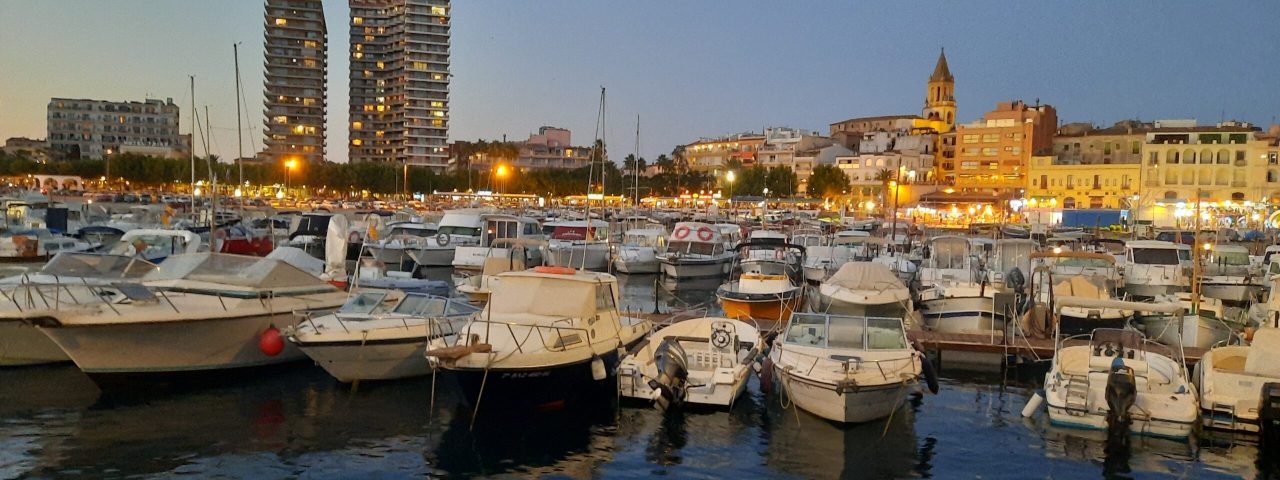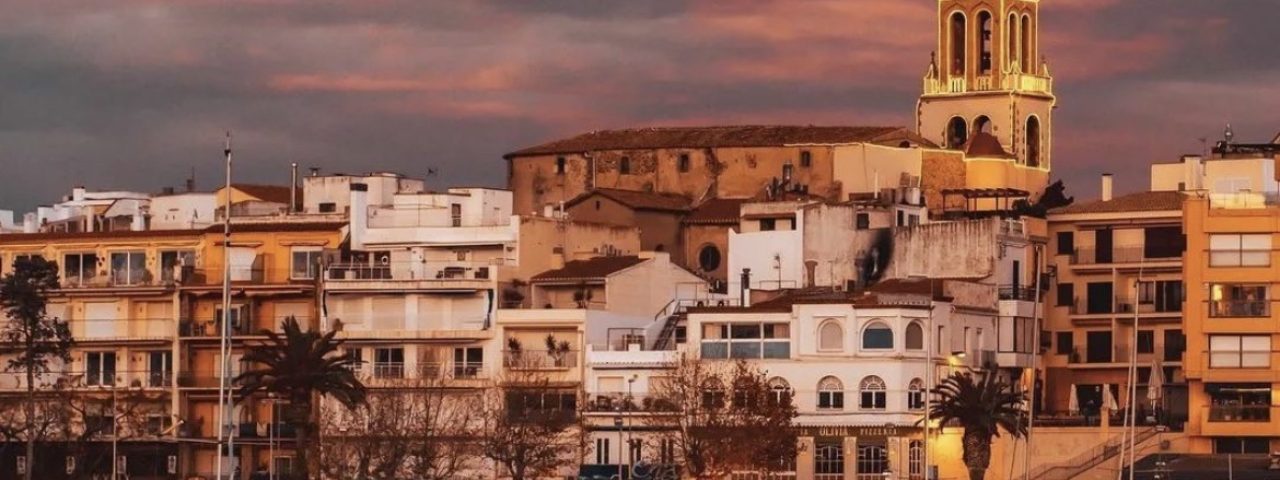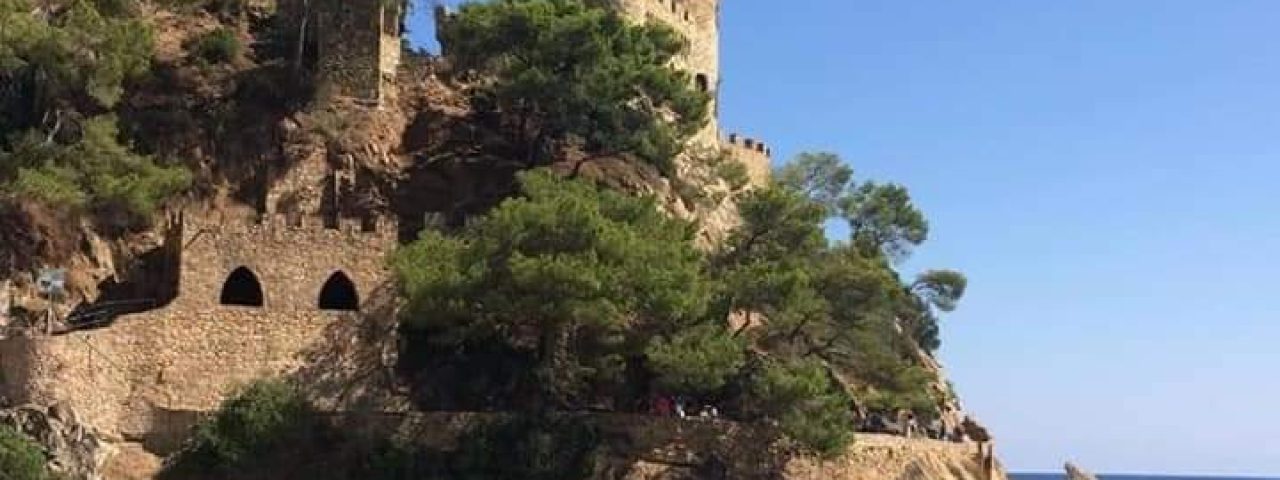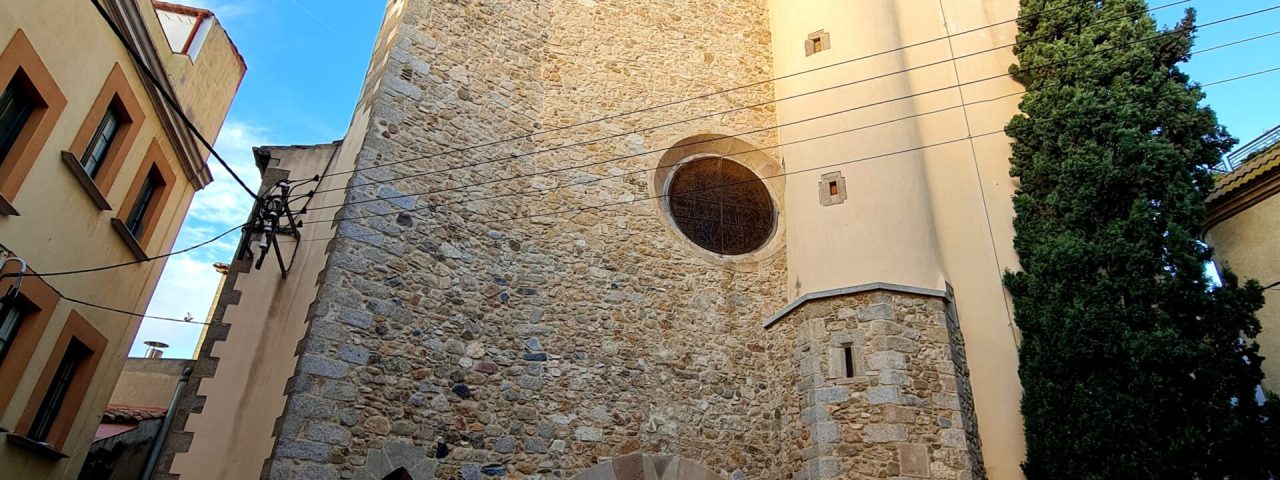Palamós has a rich and diverse history that dates back to its founding in 1279 by Peter III of Aragon, as a vital port city along the Mediterranean. Its strategic coastal location made it an important hub for maritime trade and defense over the centuries. The town has witnessed Roman, Moorish, and Christian influences, each of which has left its mark on the architecture and cultural landscape of the area.
Today, Palamós retains its strong maritime traditions, particularly in fishing, which has shaped its identity. The local fish market, known as La Llotja del Peix, is famous for its daily catch of Palamós prawns, a local delicacy. This deep connection to the sea is celebrated during the annual Festa Major de Palamós, where locals and visitors enjoy maritime-themed parades, music, and fireworks.
Culturally, Palamós is a blend of traditional Catalan customs with modern influences. Festivals such as the Carnestoltes (Carnival) and Sant Joan (summer solstice) are widely celebrated with lively parades, music, and traditional dances. Additionally, the town is home to several historic landmarks, such as the Church of Santa Maria del Mar, a gothic-style building that adds to the town’s historical charm.
